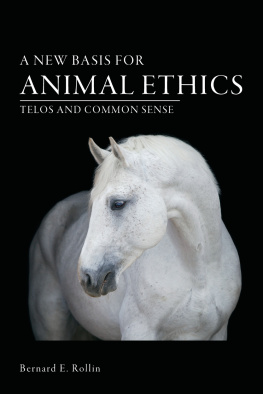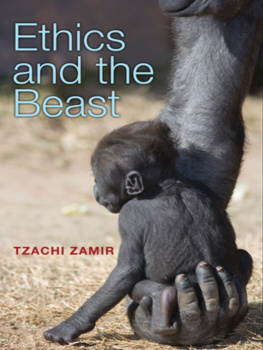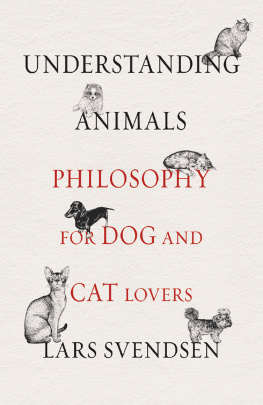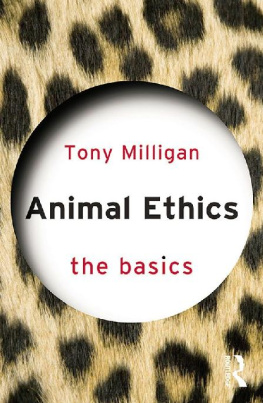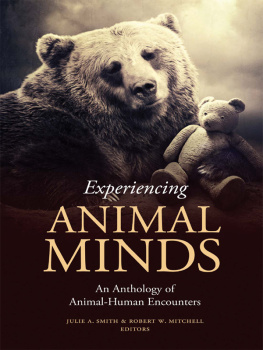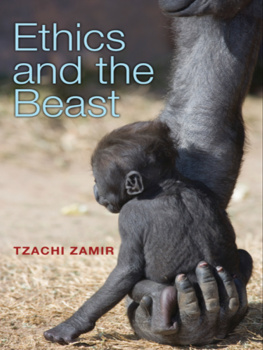Victorians and Their Animals
As expected, this collection validates a concern for the inherent value of animals. But the additional inclusion of leashing the beast within ourselves in light of contradictory social impulses adds an interesting and necessary perspective to a collection on Victorian human/nonhuman relationships.
Dr. Randi Pahlau, Malone University, USA
Victorians and Their Animals: Beast on a Leash investigates the notion that British Victorians did see themselves as a naturally dominant species over other humans and over animals. They were conscientiously, hegemonically determined to rule those beneath them and the animal within themselves, albeit with varying degrees of success and failure. The articles in this collection apply posthumanism and other theories, including queer, postcolonialist, deconstructionist, and Marxist approaches, in their exploration of Victorian attitudes toward animals. They study the biopolitical relationships between human and nonhuman animals in several key Victorian literary works. Some of this books chapters deal with animal ethics and moral aesthetics. Also being studied is the representation of animals in several Victorian novels as narrative devices to signify class status and gender dynamics, either to iterate socially acceptable mores, to satirize hypocrisy or breach of behavior or to voice social protest. All of the chapters analyze the interdependence of people and animals during the nineteenth century.
Brenda Ayres teaches English for Liberty University in Lynchburg, Virginia, and has previously edited several collections of essays. The most recent is Biographical Misrepresentations of British Women Writers: A Hall of Mirrors and the Long Nineteenth Century (2017). Her latest monograph is Betwixt and Between: The Biographies of Mary Wollstonecraft (2017). She published her first article on animals in Victorian literature in The George EliotGeorge Henry Lewes Newsletter (1991), titled Dogs in George Eliots Adam Bede. She began collecting information on the subject when she created a panel at the Southern Conference of British Studies in 2000 titled Animals in Victorian Literature and presented The Iconization of Animals in Victorian Culture. Two years later she spoke on Beast on a Leash: Victorian Dominion over the Animal Kingdom at the Mid-Atlantic Popular Conference.
Perspectives on the Non-Human in Literature and Culture
Series Editor: Karen Raber, University of Mississippi, USA
Literary and cultural criticism has ventured into a brave new world in recent decades: posthumanism, ecocriticism, critical animal studies, Object-Oriented Ontology, the new vitalism, Actor-Network Theory, and other related approaches have transformed the critical environment, reinvigorating our encounters with familiar texts, and inviting us to take note of new or neglected ones. A vast array of non-human creatures, things, and forces are now emerging as important agents in their own right. Inspired by human concern for an ailing planet, ecocriticism has grappled with the question of how important works of art can be to the preservation of something we have traditionally called nature. Yet literatures capacity to take us on unexpected journeys through the networks of affiliation and affinity we share with the earth on which we dwelland without which we dieand to confront us with the drama of our common struggle to survive and thrive has not diminished in the face of what Lyn White, Jr. called our ecological crisis. Animals have crept, slithered, trotted, swum, and flown away from their customary function as metaphors, emblems or analogies; now they populate critical analysis in increasingly complex ways, always in tension with our sense of what it means to be human, or whether it is even possible to claim such a category of life exists. Posthumanism, which often shares terrain with ecocriticism and animal studies, has further complicated our conception of the cosmos by dethroning the individual subject and dismantling the comfortable categories through which we have interpreted our existence: we find our selves colonized by microbial beings, occupied and enhanced by mechanical inventions and contraptions, traversed by invisible forces from atmospheric changes to radiation, made vulnerable to our planets sufferings, and inspired by its capacity for renewal. New materialism, new vitalism and all the permutations of theory that have evolved and are evolving to account for our entanglements with lively matter have ensured, however, that our displacement from the center of creation feels less like a demotion than a happy event: from our previous occupation of the impoverished, isolated space atop the mountain of creation, we might instead descend into the fecund plenitude of kinship with all things.
Until now, however, the elements that compose this wave of scholarship on nonhuman entities have had no place to gather, no home that would nurture them as a collective project. Perspectives on the Non-Human in Literature and Culture provides that structure, giving critical treatments of all kinds of non-humans and humans a local habitation. In this series, readers and fellow critics will find animals of all descriptions, but also every other form of biological life; they will meet the non-biological, the microscopic, the ethereal, the intangible. It is our goal for the series to provide an encounter zone where all forms of human engagement with the non-human in all periods and national literatures can be explored, and where the discoveries that result can speak to one another, as well as to readers and students.
Victorians and Their Animals
Beast on a Leash
Brenda Ayres
For more information about this series, please visit: www.routledge.com/Perspectives-onthe-Non-Human-in-Literature-and-Culture/book-series/PNHLC
First published 2019
by Routledge
52 Vanderbilt Avenue, New York, NY 10017
and by Routledge
2 Park Square, Milton Park, Abingdon, Oxon OX14 4RN
Routledge is an imprint of the Taylor & Francis Group, an informa business
2019 Taylor & Francis
The right of Brenda Ayres to be identified as the author of the editorial material, and of the authors for their individual chapters, has been asserted in accordance with sections 77 and 78 of the Copyright, Designs and Patents Act 1988.
All rights reserved. No part of this book may be reprinted or reproduced or utilized in any form or by any electronic, mechanical, or other means, now known or hereafter invented, including photocopying and recording, or in any information storage or retrieval system, without permission in writing from the publishers.
Trademark notice: Product or corporate names may be trademarks or registered trademarks, and are used only for identification and explanation without intent to infringe.
Library of Congress Cataloging-in-Publication Data
A catalog record for this title has been requested
ISBN: 978-1-138-35956-7 (hbk)
ISBN: 978-0-429-42900-2 (ebk)

Dedicated to My Father, Charles L. Ayres (19262018), and to All Other Lovers of Animals
One of the earliest academic conferences I attended was one on George Eliot held at Northeast Missouri State in Kirksville, Missouri, in 1991. I presented a paper entitled Dogs in George Eliots Adam Bede. My paper had a lot of humor in it, appropriately so because Eliot loved dogs and infused her own wonderful humor when she wrote about them and their involvement in their humans lives. My audience laughed at the right places, so I felt as validated as someone auditioning for a comedy spot for a show. Dear Barbara Hardy was in the audience, and after hearing my presentation, she encouraged me to write a book on the subject. It would take me three decades before I would make time for such a project, but I did manage to get the conference paper published in




